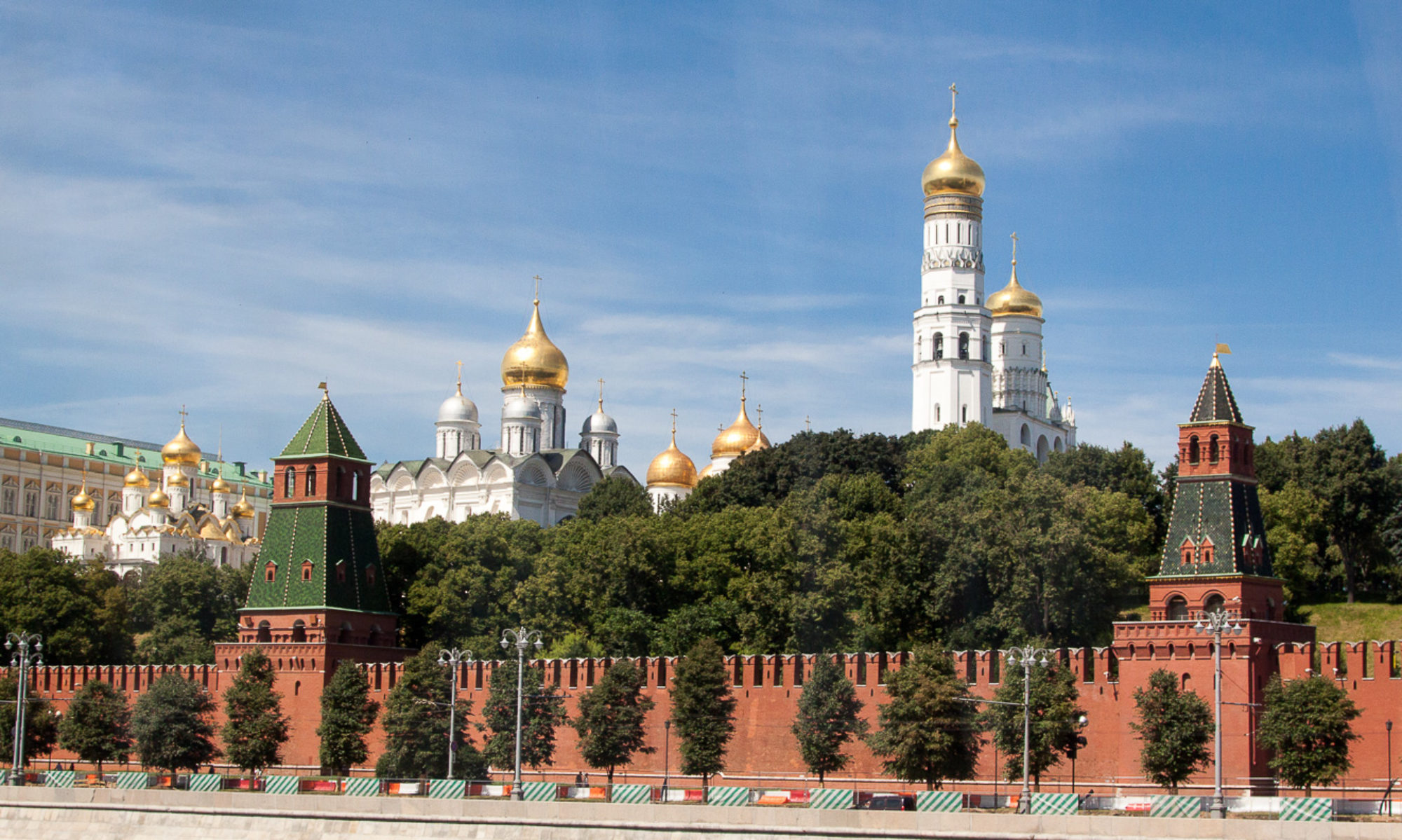
The government of the USSR often acted as a very effective owner, manipulating its workforce and assets remarkably well. What we have in the country now could be referred to as funny, if it weren’t so horrific.
A simple illustration:
A company owns ten coal mines with 1,000 employees each.
Five of the mines operate with the cost price of coal being 1 ruble. The coal from three more mines comes at a cost price of 5 rubles. The cost price of coal at the other two mines is 10 rubles. This makes the average cost price of coal for all ten mines to be 4 rubles. The company sells all of its coal for 5 rubles. The 1 ruble of profit takes care of the 10,000 employees’ wages, the company’s preschools, summer camps for the miners’ children, health treatment centers for miners and their families, and so on. The entire town is supported by the company: it lives, grows, and prospers.
As the USSR disseminates, along comes “the effective private owner,” a businessman. He stops the two “losing” mines from the get-go; then he thinks for a while and closes down the next three that are unprofitable as well. Five thousand miners are thrown out in the street. As unemployment skyrockets, wages take a sharp dive.
What about summer camps for kids? Health spa treatment centers? They are not profitable: people are laid off; land and buildings are sold to other “effectives,” who turn them into profitable businesses: casinos, dens, and the like. Anything and everything of metal – especially non-ferrous metals – is removed from the five mines as they are being closed down. That’s it. The mines are flooded and at this point they are non-recoverable.
The five mines that are still working operate with not even the bare minimum of safety. Why bother? Safety measures are expensive! Safety or no safety, a miner goes in there – sure as heck, – for there is no other work around, period. That’s when the coal comes out choked on blood.
Ten years from now, all of the mines are rapaciously exhausted and closed down.
What do we have? A prospering town is impoverished with a 90% unemployment rate; it’s ridden by crime, drugs, and prostitution; everything is falling apart.
What about our “effective business leader?” He has his trillion piled up somewhere abroad and leaves for the Canary Islands.
PS: for those who don’t know: preschools, summer camps, health treatment centers, and the like were included in the originally mentioned cost price of coal. The 1 ruble of profit subsidized the town’s infrastructure, including public transportation and other public services that could not be profitable by nature, from after-school activities and sports clubs to hair salons and the local newspaper “Red Coal.”
Russian source:
https://vk.com/wall-54012242_665028
Link active as of February 1, 2017. RV
